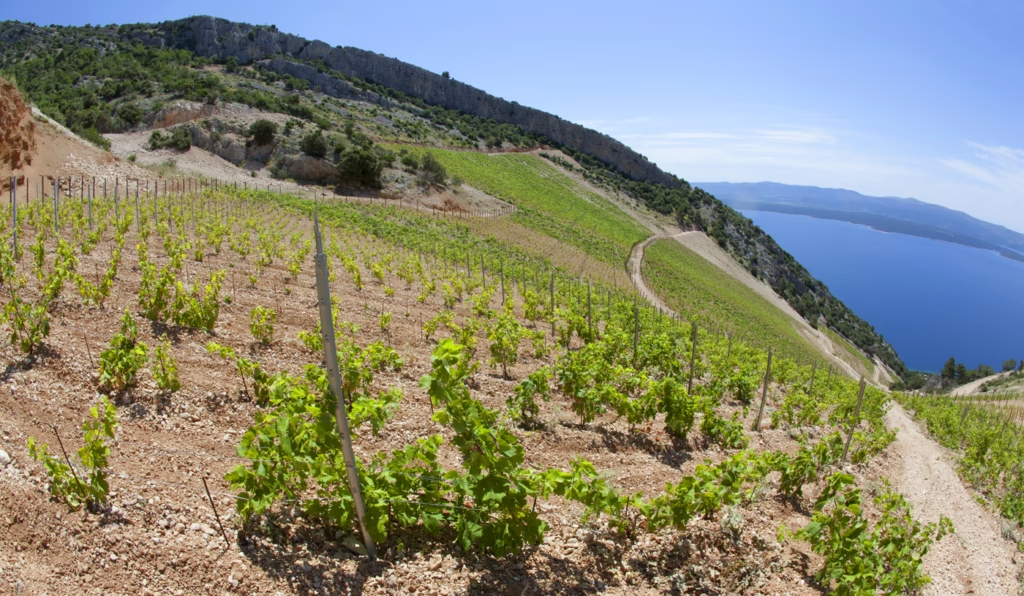Little changed in the economic life of Bol from the arrival of the Croats on the island until the 15th century, when the people of Bol finally turned to the sea. Only then did fishing begin in earnest, and a stronger maritime orientation took shape, while agriculture gradually expanded at the expense of livestock breeding. Agriculture, seafaring, and fishing became the main sources of livelihood. It was only at the beginning of the 20th century, and especially in its second half, that traditional occupations began to fade, giving way to tourism.

Viticulture
Viticulture flourished in the early 19th century, following the outbreak of phylloxera in Western Europe. Favorable market conditions for wine encouraged the people of Bol to clear olive groves to make way for vineyards. However, this golden period did not last long – on December 6, 1891, the so-called Wine Clause was introduced in the trade agreement between Austria and Italy (abolished in 1905), and in 1894 phylloxera reached this area. The consequences were severe, forcing many to emigrate.
Olive Growing
For the past two centuries, olive growing had little significance in Bol, as groves were often cleared to plant vineyards or simply left untended. Only in recent years has this branch of agriculture experienced a revival – many new trees have been planted, and old groves restored, returning the olive to its rightful place in Bol’s landscape.
Fishing
Alongside Milna, Bol was once the most developed fishing village on Brač – one third of its population lived from fishing. Before World War II, the town had 13 fishing crews for the summer bluefish season, catching around 200 tons annually, mostly for salting. Today, fishing is no longer a primary occupation, but rather a supplementary one. Still, Bol made a lasting mark on the history of European fishing – modern tuna fishing in the Adriatic and Europe began in 1929, when the first Adriatic tuna vessel Napredak, commanded by Antun Viličić with the cooperation of fishermen Antun Pešutić and Vicko Brešković, all from Bol, set sail.
Seafaring
The second half of the 18th century marked the golden age of Bol’s maritime history. At the time, Brač was the third most important maritime center on the Croatian Adriatic, after Boka and Lošinj, with Bol leading the island. Around 1800, Bol had 15 registered vessels – while Split, for comparison, had none. As early as the late 17th century, Bol was home to a shipyard, a testament to its long shipbuilding tradition.
Trade and craftsmanship have always played an important role in Bol’s everyday life, but in more recent times, tourism has taken the lead – the heir to centuries of skills, knowledge, and a deep connection to the sea that has defined Bol through the ages.
